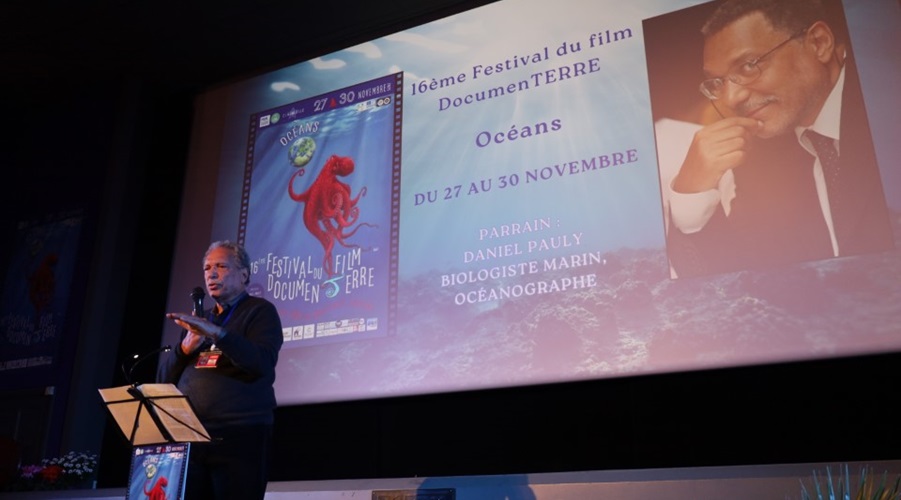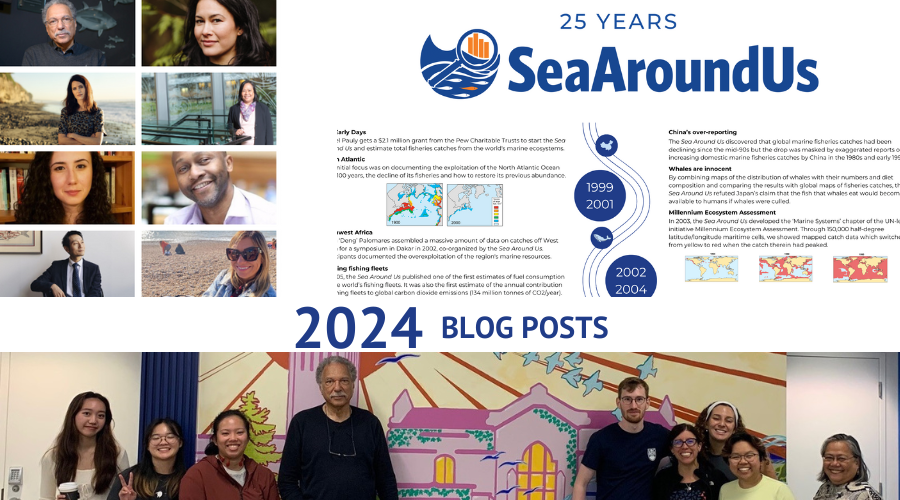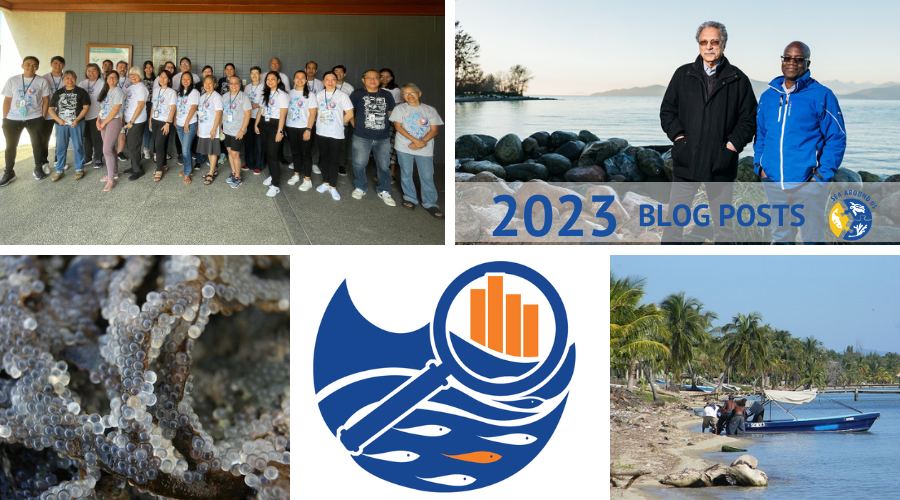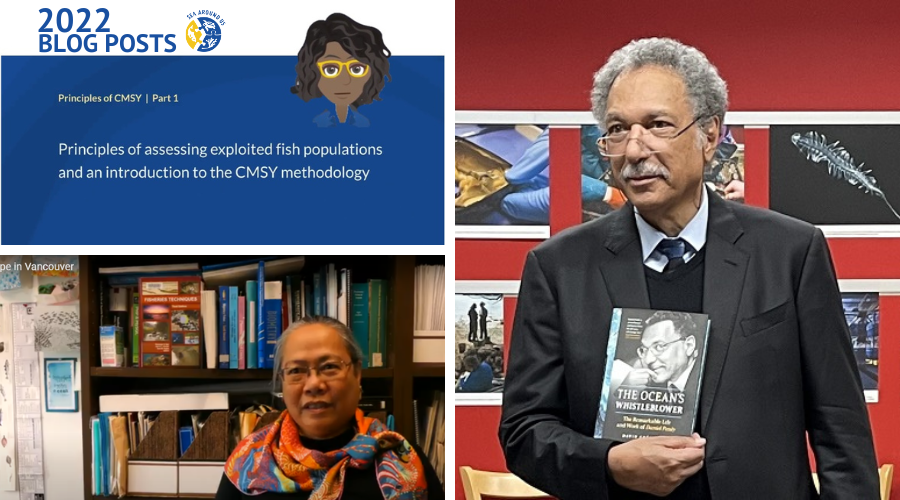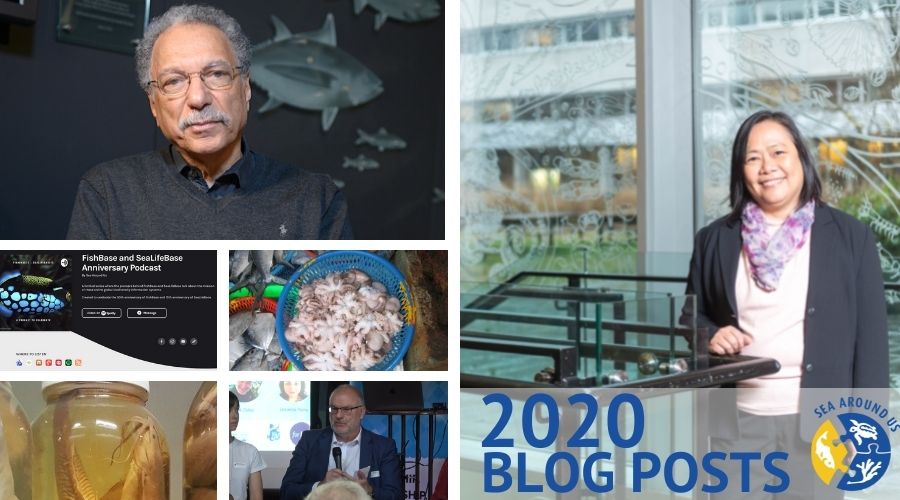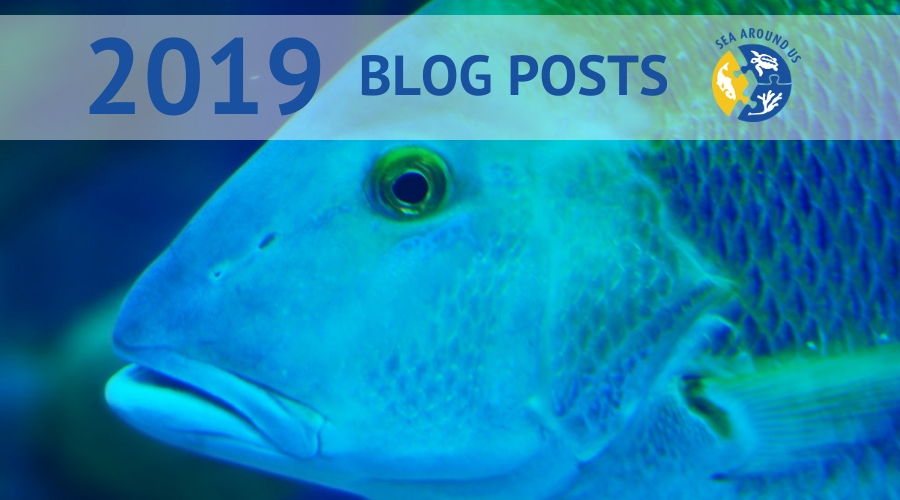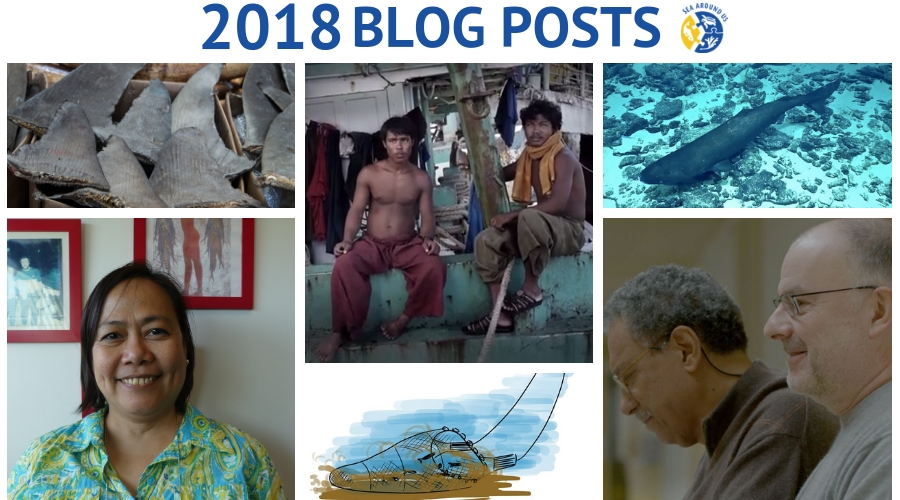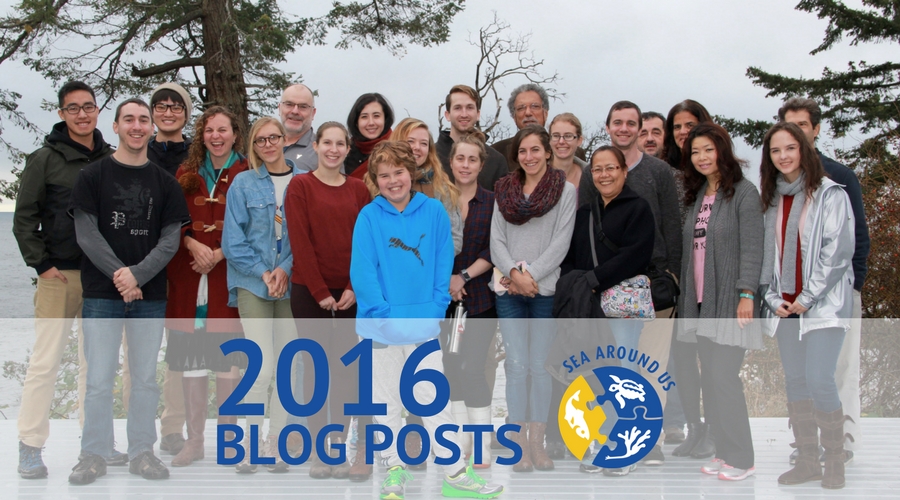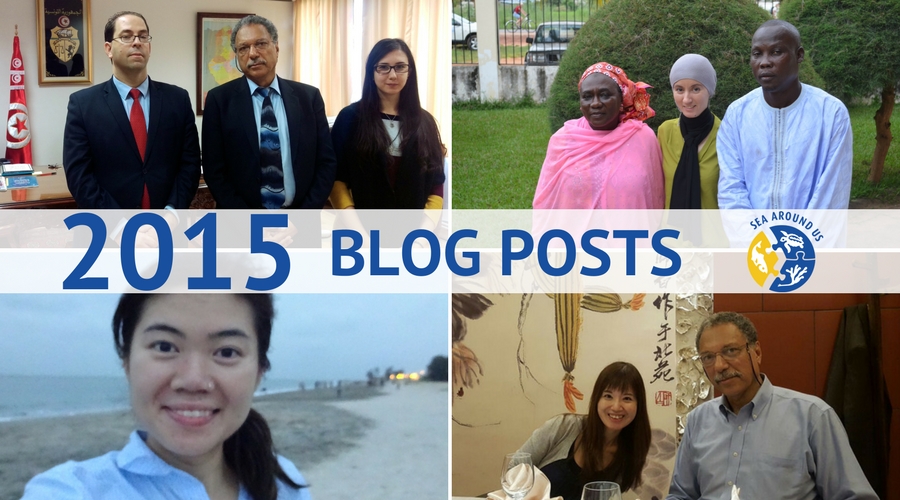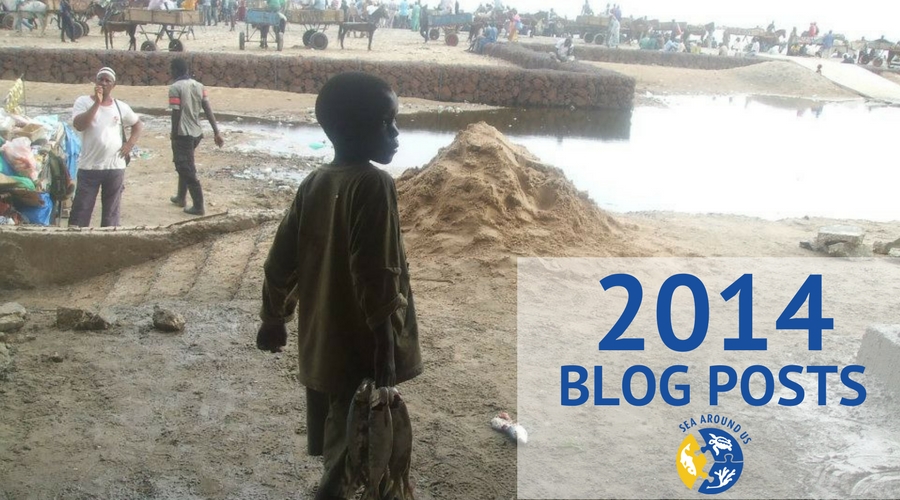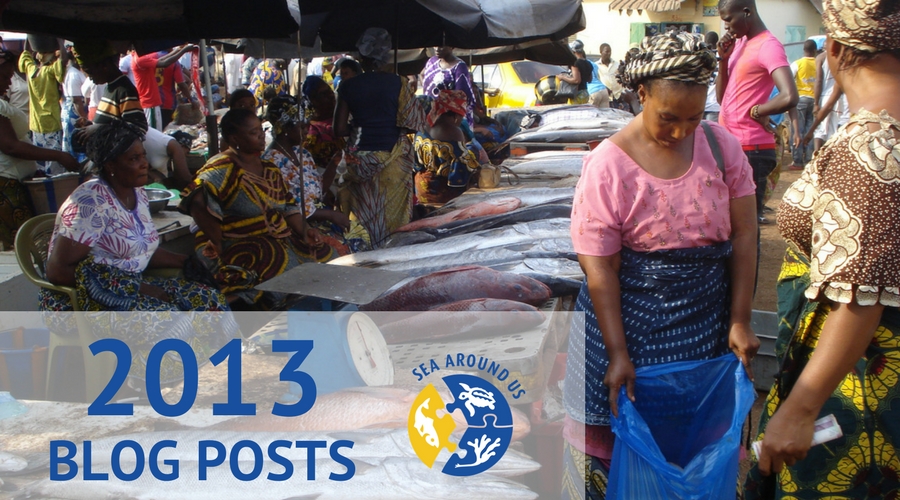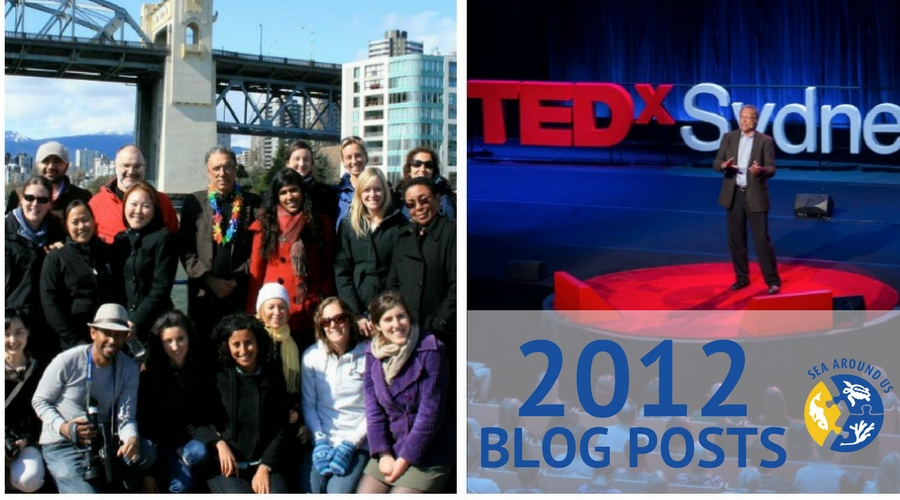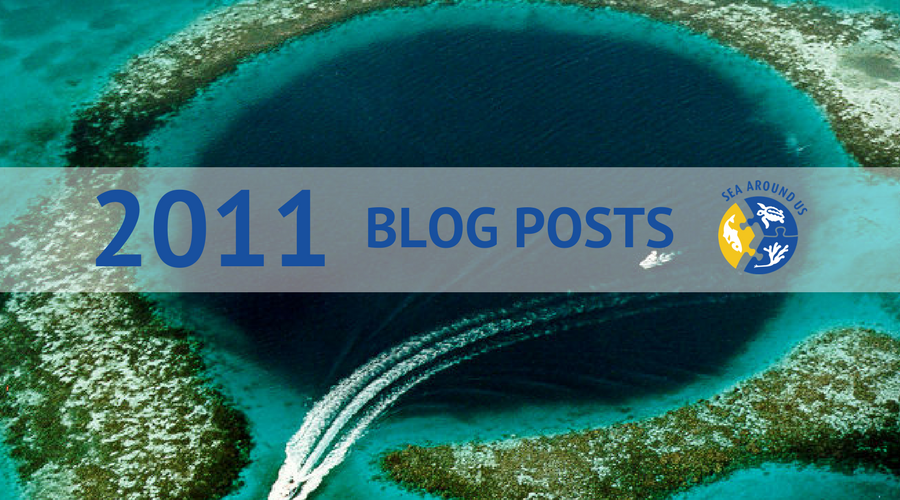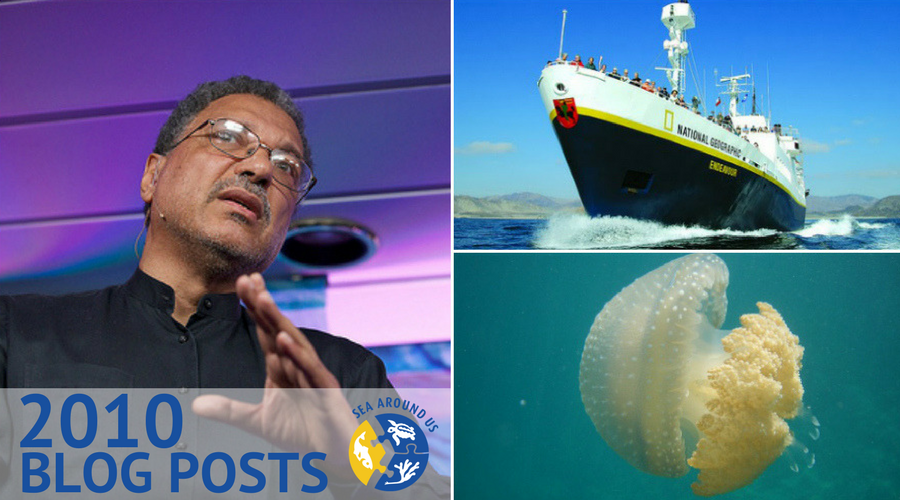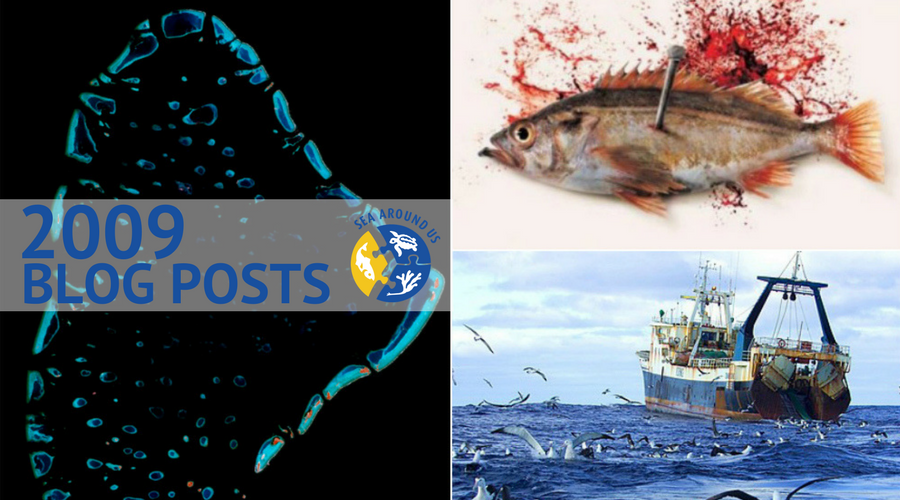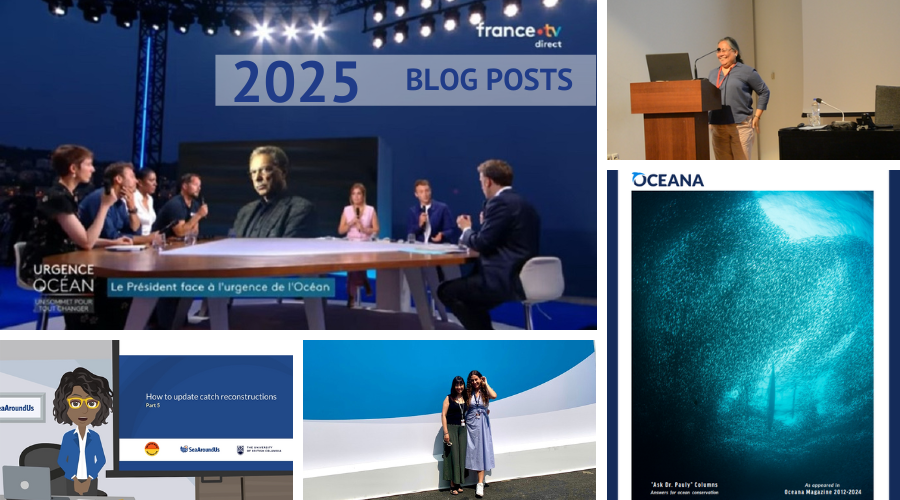
Daniel Pauly, Anna Luna Rossi and Fabrice Teletchea at the 2025 International Congress on Aquatic Sciences in Saint Pierre and Miquelon. Photo by Studio Briand Photographe | Archipel Développement.
The Sea Around Us principal investigator, Dr. Daniel Pauly, and master’s student, Anna Luna Rossi, made a splash in Saint Pierre and Miquelon by participating in the fifth edition of the International Congress on Aquatic Sciences, which took place from September 28th to October 2nd, 2025.
The congress was structured around four main themes—fishing and aquaculture, citizen science and education, aquatic biodiversity, and maritime transport —and hosted 48 presentations, all of them meant to foster exchanges between researchers, businesses, and citizens, with a particular focus on young people.
Continue reading →
